Last Updated on February 24, 2025 by Oleg Gorlov
Key Takeaways
- Choosing the right decking material, whether wood, composite, or plastic, directly impacts durability, maintenance, and aesthetics.
- Popular wood options like cedar, redwood, and tropical hardwoods provide natural beauty but require regular upkeep.
- Composite and plastic decking materials, such as Trex and PVC, offer low-maintenance and eco-friendly alternatives.
- Essential deck-building tools include layout, excavation, and carpentry tools for precise construction.
- Art Metal’s custom railings, from glass to metal designs, enhance the functionality and style of any deck.
Best Deck Material Options for 2024
Have you decided to build a new deck on your property or want to transform an old one? Then you need to do some serious research on deck building materials and tools. This is very important because the choice of materials will affect the durability, difficulty in maintenance and appearance of the deck. In this article, we will take an in-depth look at all the current deck materials.
Decking Material: Composite, Wood, Plastic & More
Nowadays, the variety of deck materials is overwhelming. Both classic wooden plank options and newer composite materials are available. Thanks to this, any design you have in mind can be realized, as well as complemented with privacy screens, railings, handrails and other important components.
Among the various materials used in deck construction are:
- Traditional Wood Decking;
- Pressure-Treated Wood;
- Composite Deck Boards;
- Plastic Decking;
- PVC Decking;
- Tropical Hardwoods;
- Heat-Resistant Options and more.
Additionally, the options for designing a chic and practical outdoor space have increased with the introduction of plastic decking, which offers exceptional resilience and weatherproofing, and other emerging alternatives, enabling people to create decks that perfectly match their lifestyle and aesthetic needs.
Recent Works
Wood Decking Material Options
Because of its natural beauty and adaptability, natural wood has long been a preferred material for decking. However, the degree of durability and upkeep needed vary across different wood types.
Cedar Wood
Because of its inherent resistance to decay and insects, cedar wood grain is a traditional choice for decking. It has a stunning reddish-brown color that warms up any outdoor area. For cedar to last a long time, it needs regular maintenance like sealing and staining. Wood deck boards and the expertly constructed glass and steel railings from Art Metall combine to create a gorgeous and elegant outdoor space.
Pressure-Treated Wood
A cost-effective alternative that receives a chemical treatment to stave off decay and insects is pressure-treated wood. Although it might not have the same aesthetic appeal as cedar, it is widely available and, with careful management, can survive for many years. Pressure-treated lumber and Art Metall’s cutting-edge glass and iron railings can be combined to give a conventional deck design a futuristic touch.
Redwood
Redwood is another attractive wood option that offers natural resistance to decay. Its rich, deep color and straight grain pattern create an elegant deck. Like cedar, redwood needs regular maintenance to preserve its appearance and structural integrity. Art Metall’s custom metal and glass railings can complement the warm tones of a redwood deck while adding safety and style.
Tropical Hardwoods
Exotic hardwoods like Ipe, Tigerwood, and Cumaru have gained popularity for their exceptional durability and distinctive grain patterns. These hardwoods are highly resistant to rot, insects, and weathering, making them ideal for long-lasting, low-maintenance decks. When incorporating Art Metall’s meticulously designed metal and glass railings into a tropical hardwood deck framing, you create a luxurious and sophisticated outdoor space that showcases natural beauty and craftsmanship.
Composite Decking Materials Options
Deck composite materials have rapidly become a preferred alternative to wood for many homeowners. Composed of a blend of wood fibers and recycled plastic, uncapped composite decking offers several advantages.
Trex Decking
Trex is one of the leading brands in composite deck boards, offering a wide range of colors and textures that mimic the appearance of real wood. Trex decks are virtually maintenance-free, as they do not require staining or sealing. They are also resistant to fading, scratching, and mold. Pairing Trex decking with Art Metall’s sleek metal and glass railings can create a contemporary outdoor oasis that combines modern aesthetics with hassle-free maintenance.
TimberTech Decking
TimberTech decking is another top contender in the composite market. It combines the natural look of wood with advanced protective coatings that incorporate wood fibers for enhanced durability. TimberTech decks are highly resistant to moisture, stains, and fading.
Plastic Decking Materials
Plastic decking, made entirely from synthetic materials, offers exceptional durability and requires minimal maintenance.
PVC Decking
PVC decking is crafted from 100% plastic, making it impervious to moisture, insects, and rot. It is an excellent choice for areas with high humidity or near water, as it will not swell, warp, or corrode. Pairing PVC decking with weather-resistant metal and glass railings ensures a long-lasting and stunning deck space that can withstand various environmental conditions.
HDPE Decking
High-Density Polyethylene (HDPE) decking is another plastic option known for its strength and resistance to stains and fading. It is an eco-friendly choice as it is often made from recycled plastics.
Cutting Tools for Deck Building
Precision cutting is essential when working with decking materials, whether you’re handling composite decking materials, exotic hardwoods, or pressure-treated lumber. Using the right cutting tools ensures clean, accurate cuts and reduces material waste. Below are the essential tools for deck cutting and shaping.
Types of Cutting Tools
- Circular Saw – A versatile tool equipped with a carbide-tipped blade, ideal for straight cuts in wood and composite materials.
- Miter Saw – Best for making precise angled cuts for deck framing and railings.
- Table Saw – Useful for ripping deck boards to custom widths, especially when working with composite decking materials.
- Jigsaw – Ideal for cutting curves and intricate shapes, perfect for creating custom deck designs.
- Reciprocating Saw – A great tool for quick demolition or cutting through old deck boards and framing.
- Chop Saw – A high-powered saw designed for cutting large deck beams or posts with precision.
- Grinder – Used for smoothing rough edges on metal fasteners and finishing off cuts.
- Belt Sander – Helps refine and smooth the edges of deck boards after cutting.
- Tin Snips – Useful for cutting flashing and other thin metal components used in deck construction.
Choosing the right cutting tools will ensure efficiency and accuracy, allowing for a professional finish on your deck project.
Fastening Tools for Deck Construction
Proper fastening is crucial for securing deck components and ensuring long-lasting durability. Fastening tools range from power drills to specialized fasteners designed for different decking materials.
Essential Fastening Tools
- Cordless Drill – Ideal for driving screws and drilling pilot holes.
- Cortex Screws – Designed to create seamless deck fastening while hiding screw heads.
- Nail Gun with Compressor – Speeds up the process of attaching deck boards and framing components.
- Power Nailer & Teco Nailer – Essential for securing joist hangers and heavy-duty framing.
- Hand Sledges & Locking Pliers – Used for setting fasteners and adjusting deck components.
- Pipe and Squeeze Clamps – Helps hold deck boards securely in place during installation.
- Stainless Steel Fasteners – Prevent rusting and ensure deck longevity.
- Mixing Drill – Useful for mixing adhesives or concrete for post installations.
Using the right fastening tools ensures a strong, sturdy deck that withstands wear and tear over time.
Shaping and Smoothing Tools
To achieve a smooth, professional finish, deck builders use various tools for shaping and refining surfaces. Sanding and routing tools help remove rough edges and create decorative details.
Key Tools for Shaping & Smoothing
- Router – Used for rounding edges and adding decorative profiles to deck boards.
- Hand Sander & Random Orbit Sander – Smooths rough surfaces and prepares wood for staining or sealing.
- Sandpaper & Sponges – For final hand-finishing and minor touch-ups.
- Carpenter’s Level & Laser Level – Ensures an even and level deck surface.
- Combination Square – Helps with precise measurements and marking.
- Paint Brushes & Paint Roller – Essential for applying stains, sealants, and waterproof coatings.
Using shaping and smoothing tools ensures your deck has a refined, polished appearance, making it both visually appealing and comfortable to walk on.
Essential Tools for Deck Building
Building a deck requires a modest collection of essential tools to ensure a smooth and successful construction process. The proper tools will help you achieve accurate measurements, precise cuts, and sturdy installations. Here are the three main categories of tools you’ll need for deck building:
Layout Tools
Layout tools are crucial for ensuring your deck is properly designed and aligned:
- Line Level: Hooks to a mason’s line for maintaining level and straight lines.
- Mason’s Line: Marks guidelines for post placements and other critical measurements.
- Measuring Tape: A 25-footer with a 1-inch blade for precise measurements.
- Plumb Bob: Marks post hole locations for accurate foundations.
Excavation Tools
Excavation tools are necessary to clear the building site and prepare the ground:
- Shovels: A round-nosed model for excavating and a square model for removing sod.
- 5-Gallon Bucket: For measuring water and general hauling.
- Wheelbarrow: Essential for mixing concrete.
- Hoe: Eases mixing concrete and materials.
Carpentry Tools
Carpentry tools are the backbone of any deck project:
- Framing Square: Quick checks for right angles.
- Jigsaw: For precise cuts and patterns.
- Cordless Drill: 14-4-volt model with spade and twist bits.
- Framing Hammer: High-quality, 20-ounce hammer for driving nails.
- Post Level: Ensures posts are plumb on two sides.
- Water Level: Simplifies long-distance leveling.
- Chisels: For shaping mortises and tenons.
- Combination Square: Checks angles and measures depth.
- Chalk Line: Snaps lines for accurate cuts.
- Flat Pry Bar: For forcing boards into place or removing mistakes.
- Channel Lock Pliers: Universal tool for fasteners.
- Sawhorses: Supports lumber during cutting and assembly.
- Wrenches: For tightening bolts and screws.
- Caulking Gun: For sealing ledgers and waterproof joints.
Calculating Deck Materials
Before starting your deck project, accurate material calculations are essential to avoid costly waste or insufficient supplies.
Measuring the Decking Area
To calculate the decking materials required, measure the length and width of the deck area. Multiply these dimensions to obtain the square footage of the deck.
Accounting for Additional Materials
In addition to decking boards, consider the materials needed for the frame, such as joists, posts, and beams. Don’t forget to account for stair treads, railing components, and fasteners. Art Metall can assist you in designing and selecting the appropriate metal and glass railing components to complement your deck’s structure.
How To Choose The Best Decking Material?
Without experience in construction, it is difficult to choose the best option. Therefore, it is important to pay attention to the main factors such as durability, difficulty of maintenance, cost and so on. All these factors will affect the appearance of your outdoor space and its functionality.
Each material for decks is different and has its own properties, characteristics, pros and cons. Therefore, you should carefully weigh everything and choose the best material for decks in terms of visual appeal and functional performance. We therefore recommend that you carefully consider the design and assess your needs. This way you will be able to choose the best deck material that will please you for years to come.
What is The Best Deck Material That Doesn’t Get Hot?
The best decking material that doesn’t heat up is composite decking. It is pleasant to walk on even in extreme heat because of the developed qualities that diffuse heat and prevent excessive heat retention on the surface. Some composite decking manufacturers also use cutting-edge technologies to deflect sunlight, making the deck surface cooler.
Conclusion
To sum up, selecting the appropriate decking material is essential for a sturdy and attractive deck. Homeowners will have a variety of options in 2024, including wood, composite, and plastic, to suit their preferences and requirements. Making an informed choice will be aided by taking into account aspects like budget, environmental impact, and maintenance requirements.
Additionally, having the necessary deck building tools is critical for assuring precise measurements, clean cuts, and solid installations throughout the building process. These tools include layout, excavation, and carpentry tools. Whether you favor the wood’s natural beauty or the composite and aluminum decking low-maintenance qualities, selecting the appropriate decision will produce a warm and durable outdoor space.
The author: Oleg Gorlov
FAQs
What are the most durable deck materials available in 2024?
Last Updated on February 24, 2025 by Oleg Gorlov
Composite materials like Trex and tropical hardwoods such as Ipe are highly durable and weather-resistant.
Which decking material stays cool in extreme heat?
Last Updated on February 24, 2025 by Oleg Gorlov
Composite decking with heat-diffusing properties is ideal for staying cool under direct sunlight.
Can Art Metal railings be customized for my deck design?
Last Updated on February 24, 2025 by Oleg Gorlov
Yes, Art Metal specializes in creating custom railings that match your unique deck style and preferences.
What tools are essential for building a deck?
Last Updated on February 24, 2025 by Oleg Gorlov
Key tools include measuring tape, a cordless drill, framing square, and sawhorses for accurate and sturdy construction
Does Art Metal offer guidance on choosing the best decking material?
Last Updated on February 24, 2025 by Oleg Gorlov
Absolutely, Art Metal provides expert advice to help you select the most suitable decking material for your needs.
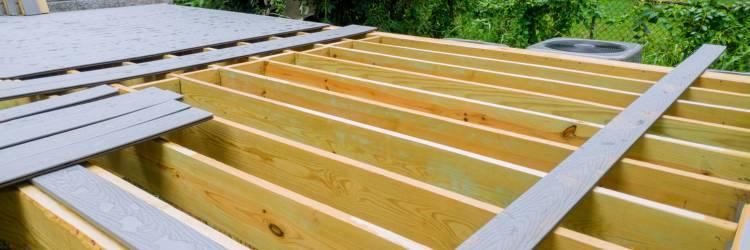


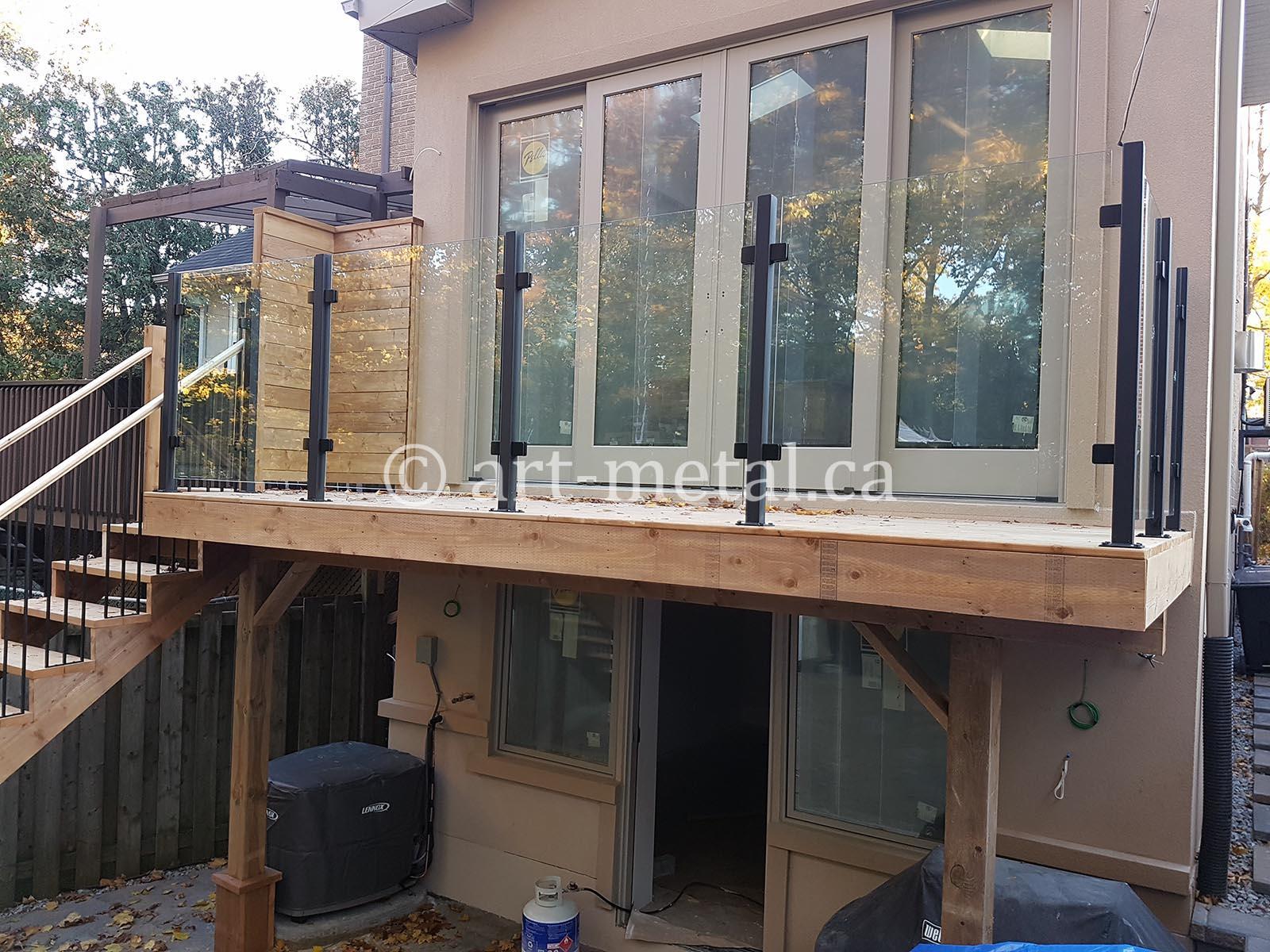
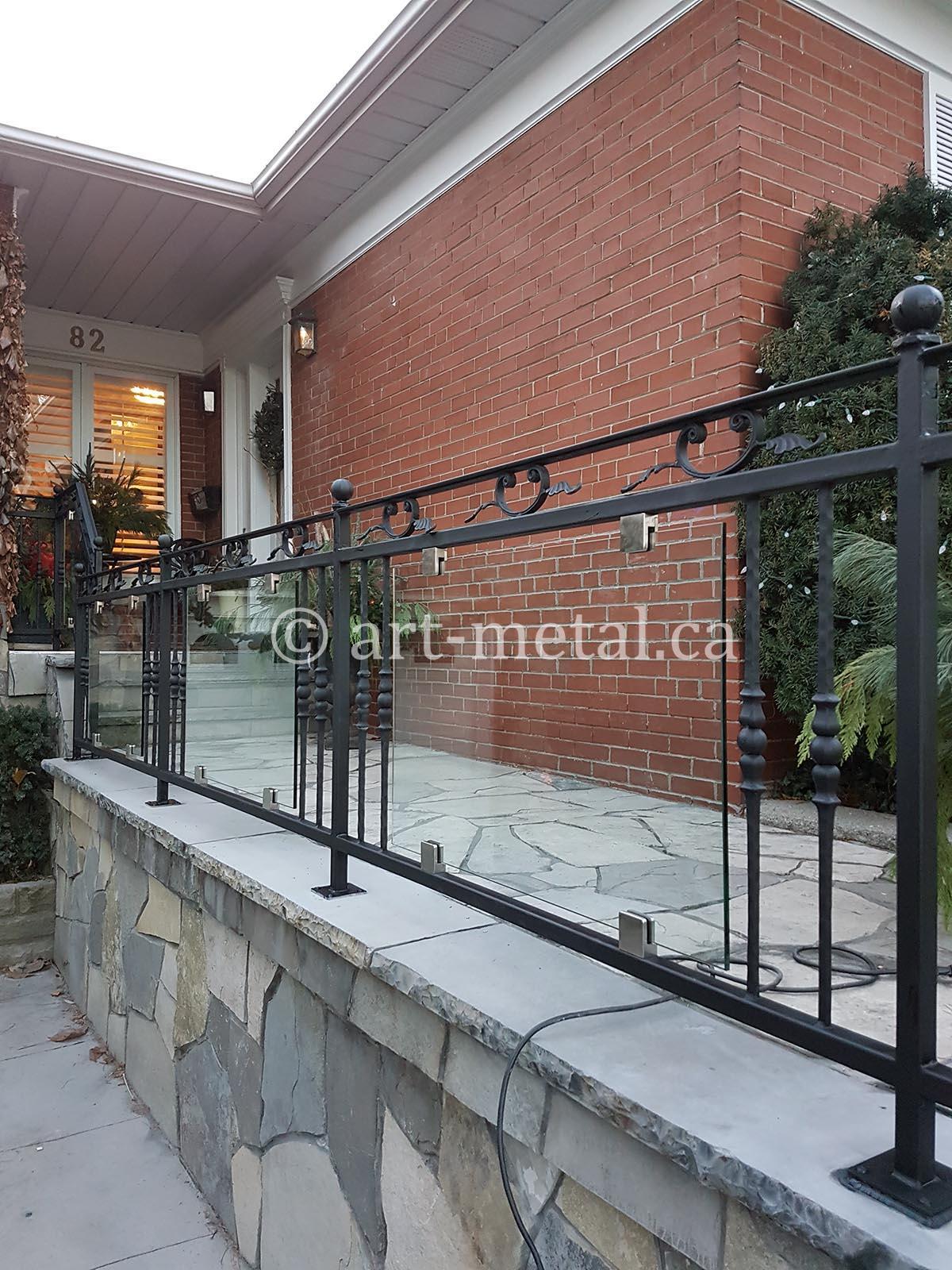



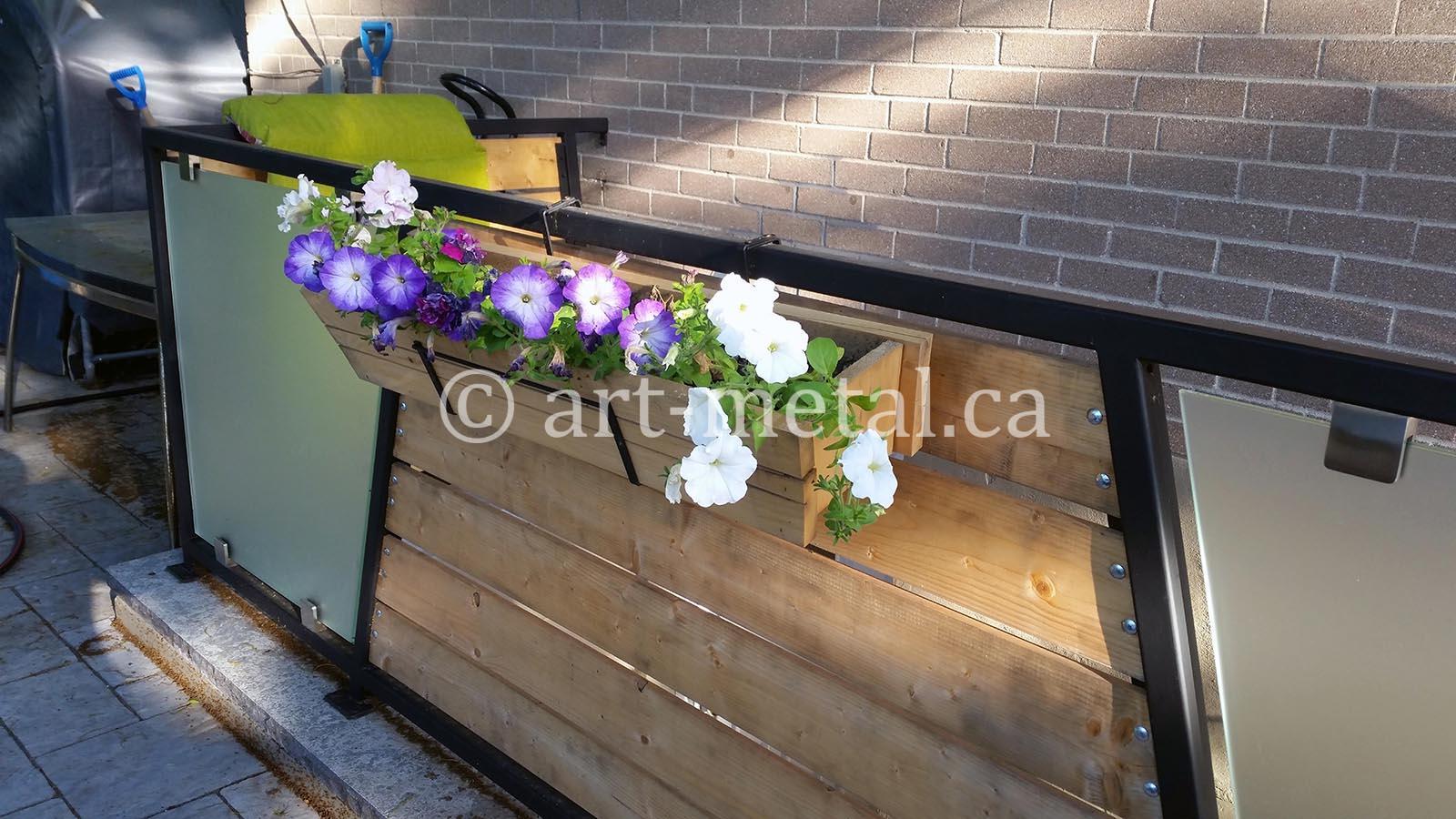



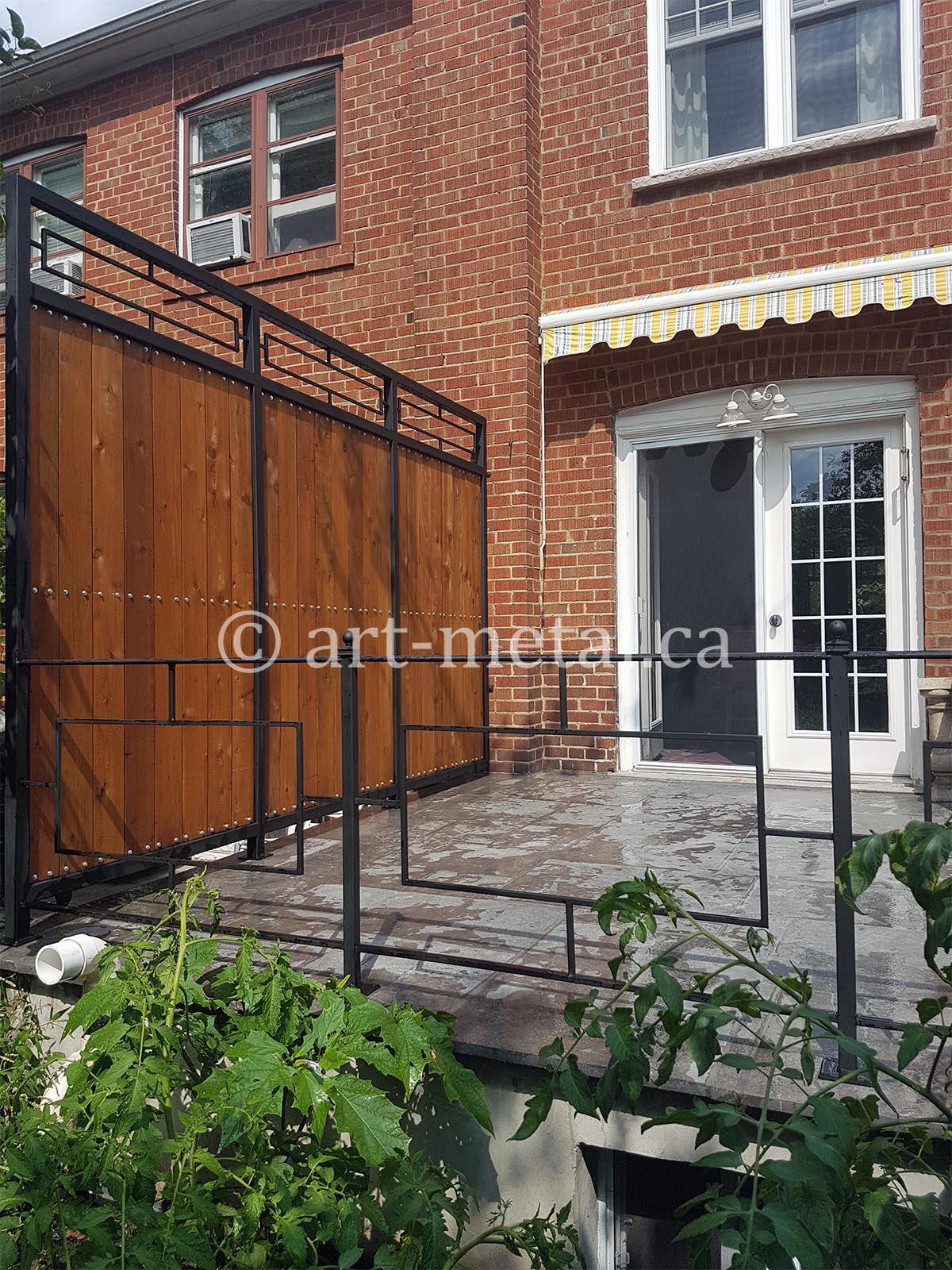




 Chat
Chat 








